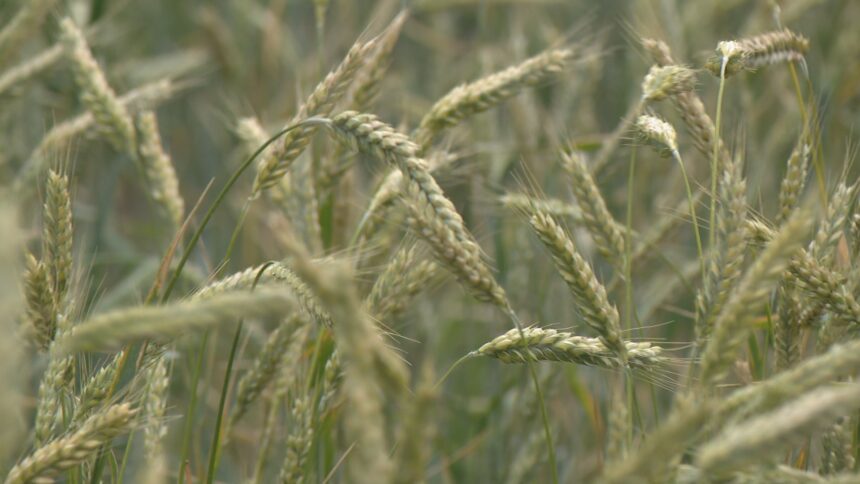Article – Last week, Ottawa quietly expanded its farm assistance programs in response to mounting pressures from both climate challenges and international trade tensions. The federal AgriStability program will see significant adjustments starting in 2025, offering Canadian farmers more robust protection against market volatility and environmental disasters.
The changes couldn’t come at a better time. Three consecutive seasons of drought across the Prairies have left grain producers struggling with yields 30% below historical averages. Meanwhile, dairy and poultry farmers face increased competition from American imports after recent modifications to cross-border trade agreements.
“We’re essentially fighting on two fronts,” explains Darlene Bouchard, who operates a 3,400-acre farm in Saskatchewan. “Mother Nature isn’t cooperating, and now we’re dealing with price pressures from imports that weren’t there five years ago.”
The expanded program introduces three key modifications that address longstanding complaints from the agricultural sector. First, the reference margin limit that previously restricted compensation will be eliminated entirely. Second, the compensation rate will increase from 70% to 80% for losses beyond the threshold. Finally, the enrollment process will be streamlined through digital applications and automatic qualification for farms that participated in previous years.
Agriculture Minister Lawrence MacAulay described the changes as “responding to the realities of 21st-century farming” during the announcement in Winnipeg. The program’s funding will increase by $325 million annually, representing the largest boost to farm support programs in over a decade.
The financial implications for individual operations will vary widely depending on size and sector. For mid-sized grain operations, the changes could mean an additional $40,000-$60,000 in support during drought years, according to analysis from Farm Credit Canada. Livestock producers, particularly those in the supply-managed sectors affected by new tariff rules, might see even greater benefits.
“This isn’t just about weather insurance anymore,” notes Dr. Emma Richardson, agricultural economist at the University of Saskatchewan. “These programs are increasingly functioning as buffers against global market disruptions and trade policy shocks.”
The expanded coverage comes after prolonged negotiations between federal officials and provincial agriculture ministers, who had been pushing for more substantial changes since 2020. Seven provinces had threatened to withdraw from cost-sharing arrangements if the federal government didn’t address fundamental flaws in the program’s structure.
Alberta Agriculture Minister R.J. Sigurdson, who had been among the most vocal critics, called the expanded program “a step in the right direction” but maintained that more fundamental reforms would eventually be needed.
Behind the expanded support lies a complex set of pressures reshaping Canadian agriculture. Climate change has increased weather volatility across growing regions, with Prairie provinces experiencing both historic droughts and unprecedented flooding within the same decade. Meanwhile, new provisions in the updated North American trade framework have gradually increased market access for American dairy products, reducing the effectiveness of Canada’s supply management system.
Statistics Canada reported last month that farm bankruptcies increased 12% year-over-year, with small and medium operations facing the greatest financial stress. The average debt-to-asset ratio for Canadian farms has climbed to 23%, the highest level since the farm crisis of the 1980s.
Some agricultural economists question whether the expanded AgriStability program addresses the underlying structural challenges. “This helps with immediate cash flow problems, but doesn’t solve the fundamental issues of scale and market access that Canadian producers face,” argues Martin Gooch, CEO of Value Chain Management International.
Others have criticized the program’s reactive approach. “We’re still fundamentally dealing with disaster relief rather than building resilient food systems,” says Nicole Frey, executive director of the Canadian Association of Small-Scale Producers. “There’s very little here about transitioning to climate-smart agriculture or addressing concentration in the processing sector.”
The program expansion follows growing political pressure in rural communities that have traditionally supported conservative parties. Recent polling indicates that agricultural issues have risen to the third most important concern among rural voters, behind only healthcare and the cost of living.
For farmers like Jason Chang, who runs a mixed operation in Manitoba growing canola and raising cattle, the changes offer some relief but no guarantees. “The support will help cash flow when things go sideways,” he told me during a recent visit to his farm. “But the real question is whether farming in this country remains viable long-term with the way weather patterns are shifting.”
Implementation details remain somewhat murky. Provincial agriculture departments will share responsibility for administering the enhanced program, raising questions about consistency across regions. The federal announcement included promises of “harmonized delivery” but few specifics on how differences between provincial approaches would be reconciled.
Registration for the expanded program opens in November, with the new provisions taking effect for the 2025 growing season. Producers already enrolled in AgriStability will automatically transition to the enhanced coverage.
As Canadian agriculture navigates increasingly complex waters, these changes represent an acknowledgment that the sector faces challenges that individual producers cannot address alone. Whether they go far enough to secure the future of family farming in Canada remains an open question – one that will likely define agricultural policy debates for years to come.






